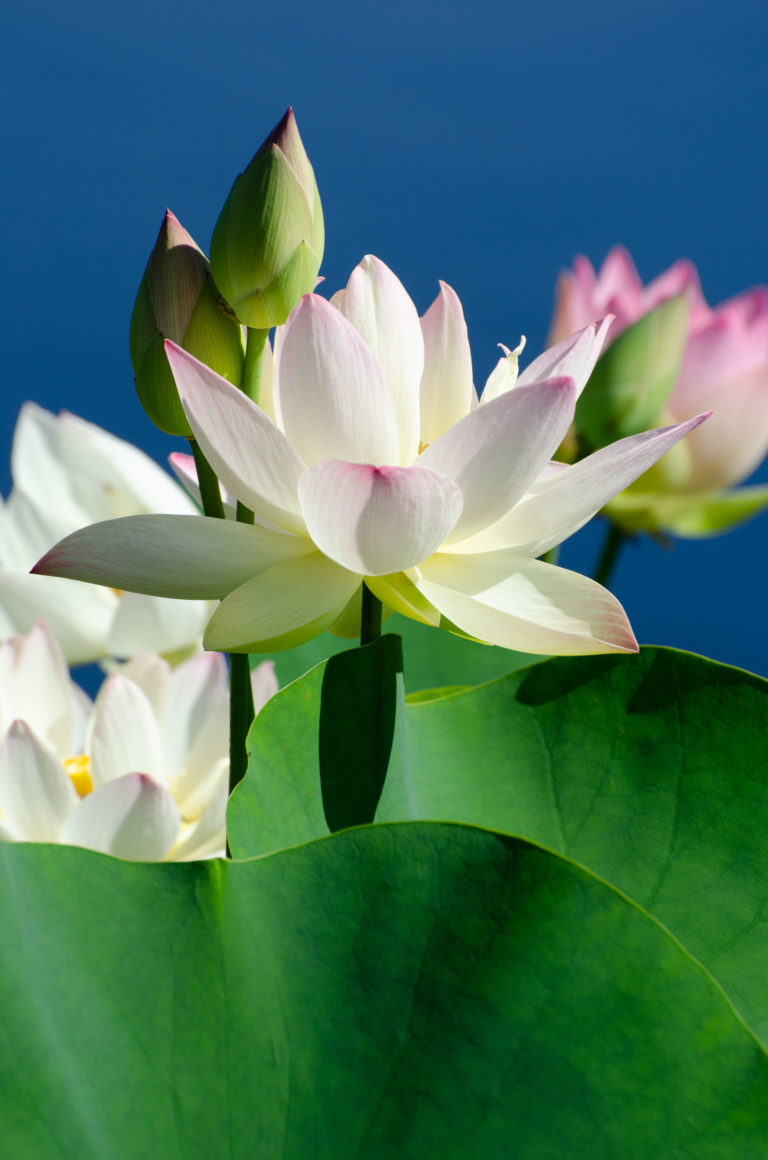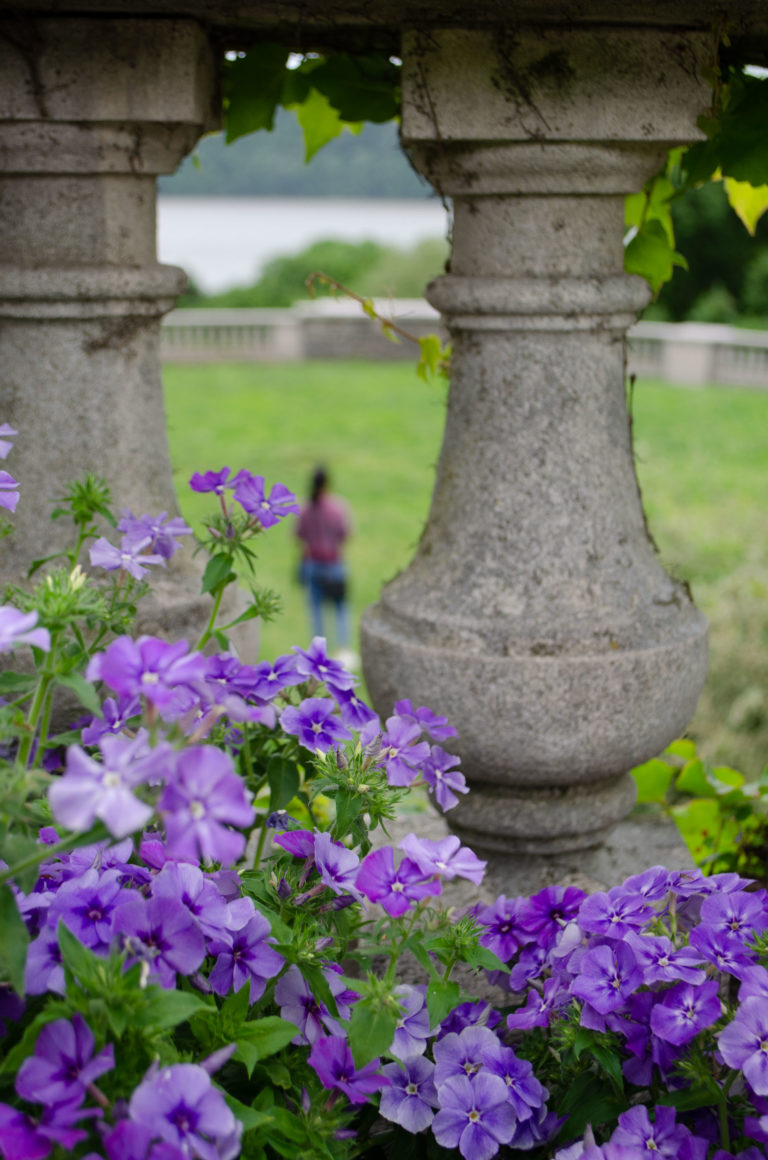
Praise the Pollinators
September 18, 2023The gardens buzz with life on sunny summer days. Charged by the sun, thousands of pollinators flit between flowers, toiling away as they sip on nectar and collect pollen. Flowering plants today owe their diversity and success to their pollinator partners; this mutually beneficial duet between flower and pollinator began 300 million years ago. Since then, flowering plants have multiplied and evolved to dominate the plant kingdom, overtaking their non-vascular and cone-producing ancestors. It is no understatement to say that there would be no flowering plants without pollinators.
At Wave Hill, we celebrate this pollinator relationship each summer with our Bees, Butterflies and Blooms Weekend. Pollinators include birds, bats and insects; and the latter are the focus of our weekend pollinator celebration. Honestly though, you can find many of us celebrating pollinators every day with decisions in our garden; and so can you!





Welcoming and encouraging pollinator presence in the garden starts with “creating a diversity of habitat and biodiversity in your plant palette,” put simply by Wave Hill’s Associate Director of Horticulture Steven Conaway, PhD. When building a flower palette, Conaway elaborates “diversity of flower shape and bloom time should be considered. I always recommend starting with workhorse species, plants that are native to your ecoregion and offer a lot of nectar and pollen things. Examples include members of the aster family.” Plants in the aster family are utilitarian and work for most pollinators by offering a large landing pad and shallow nectar reserves within reach for long- and short-tongued pollinators. For more on diversity of habitat, check out this previous Garden Journal entry with Conaway.

Many pollinators we see in action are generalist and aster-loving, but there are many species that specialize in their plant preference. Due to their long evolutionary history of 480 million years, insects have had a lot of time to diversify and specialize. Specialization is expressed through insects' nectar or pollen preferences and their ability to access it. It is also a product of isolated habitat zones where specialist insect species are typically found.

Specialist species are more at risk of extinction when their host plant and habitat are threatened. The most famous example of this specific host and plant relationship is monarch caterpillars and milkweed. A systematic review of native pollinators of North America and Hawaii by the Center of Biological Diversity found that “among native bee species with sufficient data to assess (1,437), more than half (749) are declining.” The major factor causing declines is agriculture. This industry is responsible for habitat destruction, pesticide applications and monoculture plantings lacking biodiversity—this negative impact on ecosystem health includes the decline of native bee species...and other insect species as well.

Events such as Bees, Butterflies and Blooms Weekend, and this article, hope to bring awareness to the importance of pollinators and change attitudes surrounding pollinators and insects. It is always a success when we can convert fear of bees into a love for bees. When it comes to insects, their value to the ecosystem is paramount. If invertebrates were to disappear, total ecosystem collapse would occur within a few months. Your change in attitudes and habits has the potential to aid insect preservation. To that end, we will continue to discuss this topic in the future and at next summer’s Bees, Butterflies and Blooms event. As E.O. Wilson, an American entomologist, best put it “small things run the world.’ And we surely cannot live without them!
Jess Brey,
Ruth Rea Howell Senior Horticultural Interpreter



